Esther Gokhale ’82: Straight Talk
A method for standing and sitting draws from posture found among babies and indigenous peoples
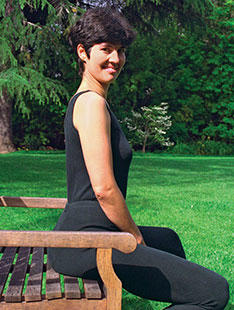
The first time that posture expert Esther Gokhale ’82 taught yoga, it was on the lawn at the University’s Hibben and Magie apartments, with a dozen students and professors paying a dollar each for the class. Yoga was still gaining traction in the United States in the early ’80s, but Gokhale (go-CLAY) was a longtime practitioner. While she was growing up in India, her Indian father and her Dutch mother often loaded their four kids into a station wagon and headed for a house transformed into a yoga center. “Blankets would be strewn around,” Gokhale recalls. “We would listen to the visiting swami and do poses.”
When Gokhale suffered from back pain during her first pregnancy, neither yoga nor other solutions helped. So she pored over medical literature, studied methods that alter the way the body is used, and observed posture in parts of the world where back pain is much more rare than in the U.S., such as Burkino Faso and rural Brazil, and in indigenous tribes in India. The sedentary workers such as potters and weavers spent long hours sitting but did not generally suffer back problems. “It isn’t that we sit but how we sit that causes our musculoskeletal problems,” Gokhale says.
The Gokhale Method is a step-by-step guide to re-educating one’s body to regain the posture we once used, which she developed by incorporating yoga, dance, and other elements. The method, which has not been scientifically proven, includes learning to gently elongate the spine and is taught worldwide by more than 60 instructors, and at Gokhale’s Palo Alto wellness center.
In 2013, Gokhale was dubbed the “posture guru of Silicon Valley” by The New York Times, which noted that many technology companies, such as Facebook and Google, have hired her to give classes for their employees. These days, she works with singer Joan Baez, who credits Gokhale with helping her endure long evenings on the stage. Says Gokhale of Baez, “She’s still performing at 77!”
“Posture guru” Esther Gokhale recommends sitting, standing, bending, sleeping, and walking like our ancestors.
HIP-HINGING
SLUMPING VERSUS STACKSITTING
STANDING WITH ANTEVERTED PELVIS

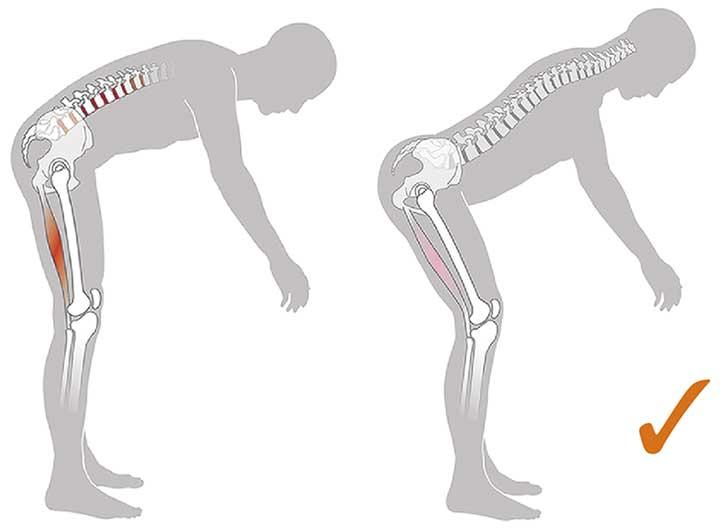
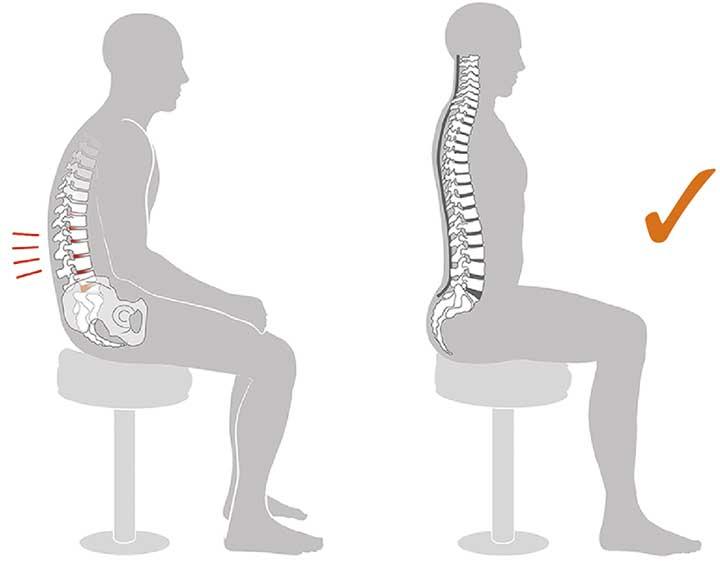
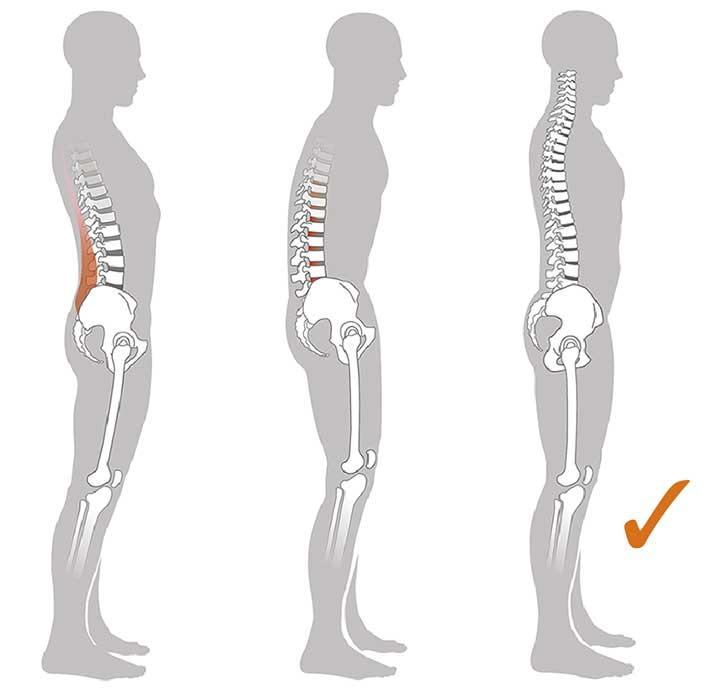







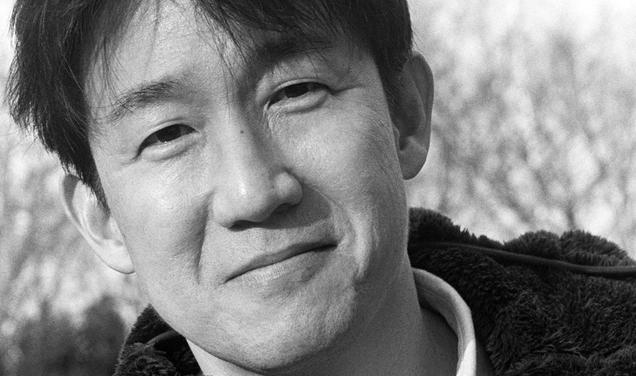

0 Responses